![图片[1]-Custom Drone Spraying System Design: Engineering Precision for Modern Agriculture-msoen](https://www.msoen.com/wp-content/uploads/2025/04/27fe7401e7184641-1024x768.jpg)
In the face of escalating agricultural demands and environmental pressures, custom drone spraying system design has emerged as a game-changer for farmers and agribusinesses. Off-the-shelf solutions often fail to address unique field challenges, crop-specific needs, or regulatory requirements. Custom-designed drone spraying systems, however, offer tailored efficiency, scalability, and precision, enabling operators to optimize chemical use, reduce costs, and comply with sustainability goals. This article delves into the principles of designing bespoke drone spraying systems, their technical components, and their transformative potential in precision agriculture.
- The Case for Custom Drone Spraying Systems
Traditional methods like manual spraying or generic UAV solutions struggle with uneven terrain, diverse crop types, and variable weather conditions. Custom systems are engineered to overcome these limitations by integrating hardware, software, and operational workflows specific to the user’s needs. Key benefits include:
- Targeted Application: Match nozzle types, spray patterns, and chemical volumes to crop requirements.
- Regulatory Compliance: Adapt systems to local airspace rules and chemical usage restrictions.
- Cost Efficiency: Avoid over-engineering or redundant features found in universal designs.
- Core Components of a Custom Drone Spraying System
A. Modular Hardware Design
- Payload Capacity: Customize drone frames to carry tanks from 10L to 100L, depending on field size and application frequency.
- Swappable Nozzles: Use adjustable orifice nozzles for variable-rate spraying (e.g., finer mist for fungicides, coarse sprays for herbicides).
- Sensor Integration: Embed multispectral cameras, LiDAR, or thermal sensors to map crop health and guide application zones. B. Precision Spraying Technology
- Variable-Rate Controllers: Algorithms adjust flow rates in real time based on soil moisture, NDVI (Normalized Difference Vegetation Index), or pest density data.
- GPS-Guided Flight Paths: Ensure overlapping passes for uniform coverage, even in irregularly shaped fields.
- Obstacle Avoidance: LiDAR or vision-based systems navigate around trees, power lines, or dense canopies. C. Smart Software Platforms
- Mission Planning Tools: Create geofenced application maps using satellite imagery or drone-captured data.
- Real-Time Analytics: Monitor spray coverage, chemical usage, and environmental conditions via dashboards.
- AI-Driven Adjustments: Machine learning models predict pest hotspots or nutrient deficiencies for proactive interventions. D. Power and Endurance
- Battery Configurations: Dual-battery setups or hybrid fuel systems extend flight times to 45+ minutes.
- Solar Charging: Optional panels for extended missions in remote areas.
- Design Considerations for Specific Applications
A. Row Crops (Corn, Soybeans)
- Low-Flying Drones: Stabilized platforms for dense canopies with downward-facing nozzles.
- Soil Sensor Integration: Adjust nitrogen application based on real-time soil readings. B. Orchards and Vineyards
- Canopy-Penetrating Sprays: Angled nozzles to target fruit clusters while avoiding foliage damage.
- Orchard-Specific Flight Paths: Navigate between tree rows using LiDAR-mapped corridors. C. High-Value Crops (Strawberries, Grapes)
- Precision Drip Sprayers: Minimize chemical contact with delicate fruits.
- Organic Compatibility: Use biodegradable carriers for biopesticides or organic fertilizers. D. Emergency Applications (Flood Recovery, Pest Outbreaks)
- Rapid-Deployment Kits: Modular systems that can be assembled in under 30 minutes.
- Pre-Programmed Response Protocols: AI triggers automatic spraying when pests reach threshold levels.
- Challenges and Solutions in Custom Design
A. Technical Complexity
- Issue: Balancing payload weight, flight stability, and battery life.
- Solution: Collaborate with aerospace engineers to optimize frame materials (e.g., carbon fiber) and motor efficiency. B. Regulatory Compliance
- Issue: Varying airspace restrictions across regions.
- Solution: Pre-certify drones with local aviation authorities and include geofencing in software. C. Cost Constraints
- Issue: High upfront costs for bespoke components.
- Solution: Offer scalable tiers (e.g., basic vs. advanced sensor packages) or leasing models. D. Data Security Risks
- Issue: Vulnerabilities in IoT-connected systems.
- Solution: Encrypt data transmissions and use blockchain for audit trails.
- Future Trends in Custom Drone Spraying Systems
- AI-Optimized Spraying: Neural networks that dynamically adjust nozzle settings based on live crop feedback.
- Swarm Intelligence: Fleets of drones coordinating to treat large fields or multi-crop zones autonomously.
- Sustainable Materials: Biodegradable drone components and water-soluble chemical carriers.
- 5G Connectivity: Real-time data sharing with farm management systems for instant decision-making.
- Steps to Design a Custom Drone Spraying System
- Define Objectives: Identify key goals (e.g., reduce chemical use by 30%, treat 100 acres/day).
- Map Field Conditions: Use drones or satellites to survey terrain, crop type, and pest history.
- Select Components: Choose hardware/software tailored to the application (e.g., nozzles for dicot vs. monocot crops).
- Integrate Sensors: Embed systems for real-time data collection (e.g., soil pH, humidity).
- Test and Iterate: Pilot the system on small plots, refine parameters, and scale up.
- Best Practices for Implementation
- Training Programs: Ensure operators understand software, safety protocols, and maintenance.
- Maintenance Schedules: Regularly calibrate nozzles and inspect sensors to maintain accuracy.
- Community Feedback: Engage local farmers to adapt systems to regional cropping practices.
Conclusion
Custom drone spraying system design is revolutionizing agriculture by merging engineering precision with ecological mindfulness. By tailoring hardware, software, and workflows to specific crops and environments, these systems empower farmers to work smarter, not harder. As AI and IoT technologies advance, bespoke solutions will become even more adaptable, sustainable, and integral to global food production.
Final Thought: In a world of finite resources, custom drone systems aren’t just tools—they’re investments in the future of farming.

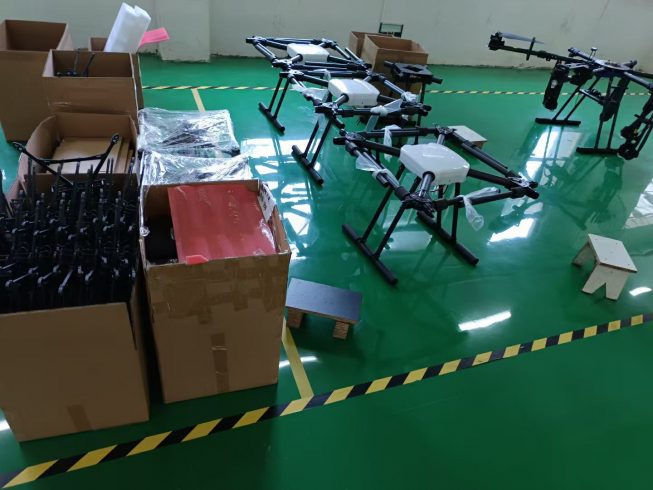
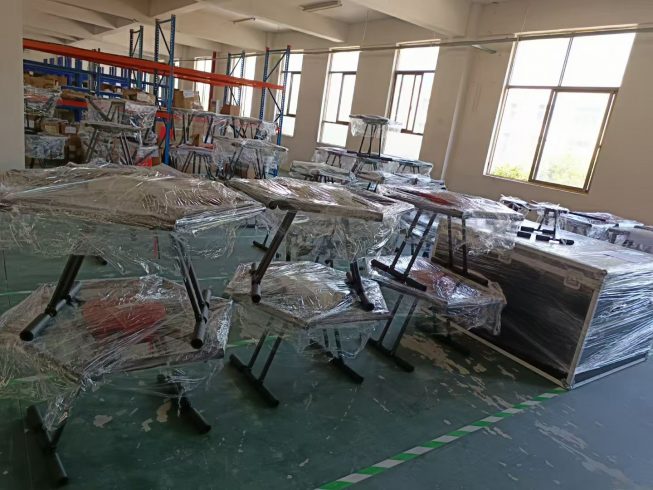

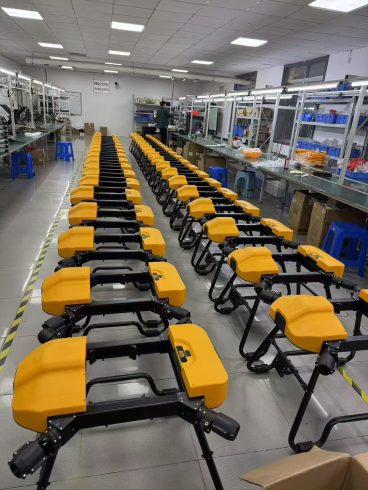
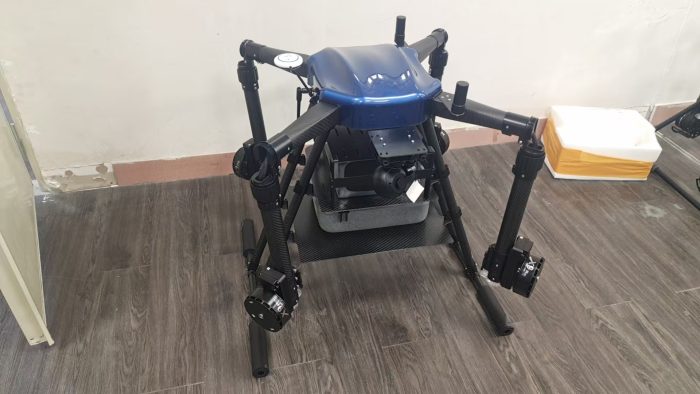

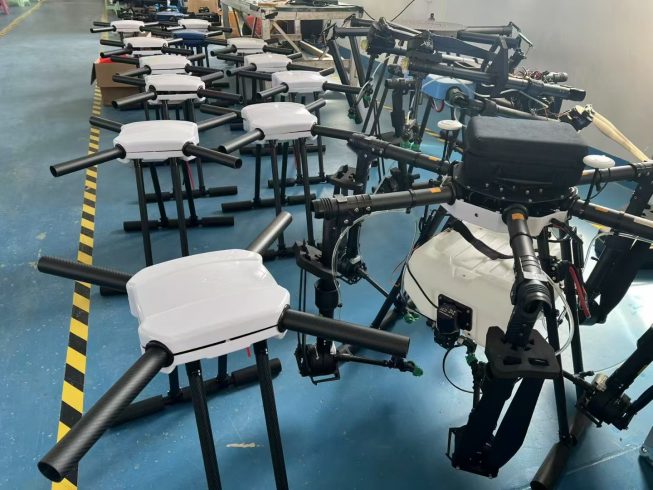
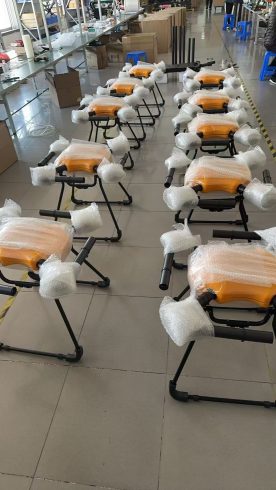
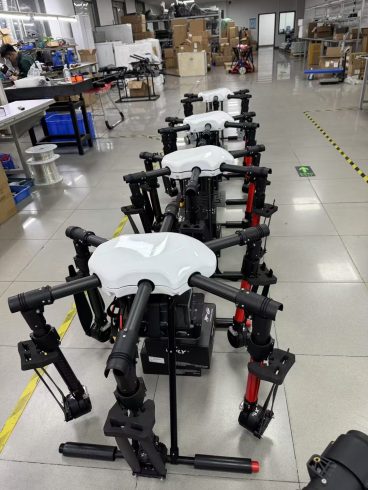
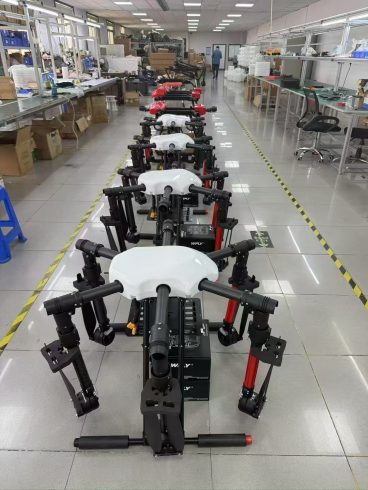
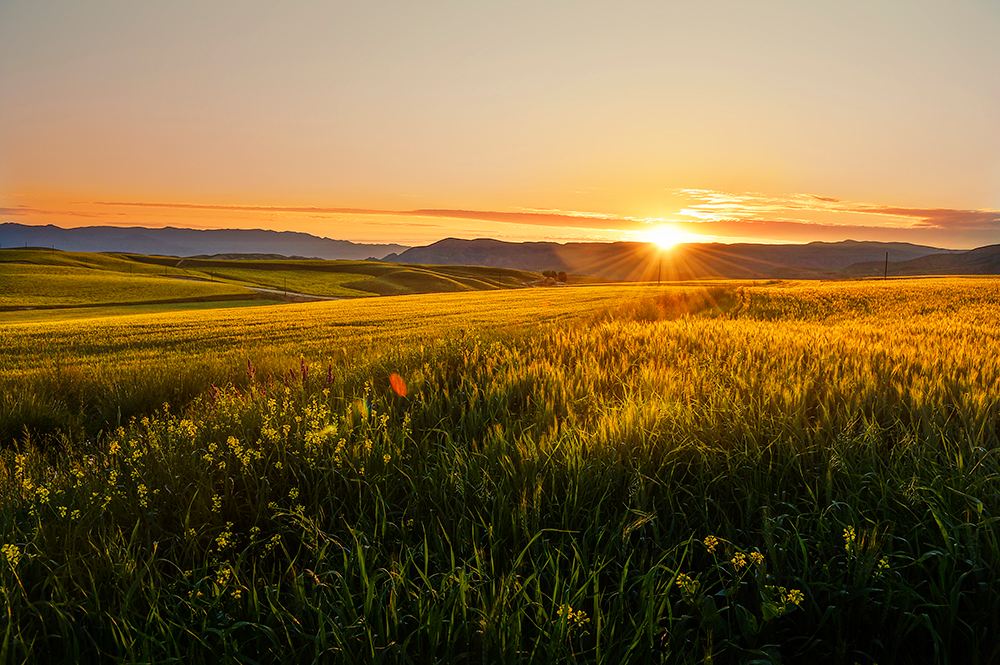
暂无评论内容